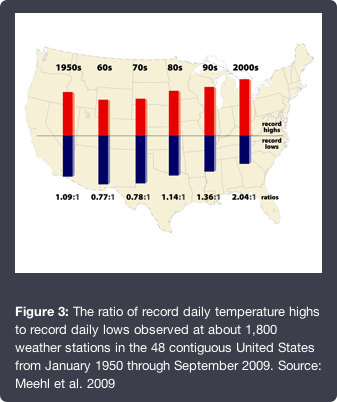Published at 21:51 on 17 August 2012
The British are already backpedaling on their threat to storm Ecuador’s embassy. It’s not been announced publicly, but no doubt the moron who penned the threatening letter to Ecuador’s ambassador has been quietly sacked or demoted. That letter was tantamount to begging Ecuador to grant Assange asylum. Any fool could see that would be the logical tit-for-tat response to such a thuggish and undiplomatic threat.
So even if one looks at things from a purely strategic (and British) point of view, the threat was an extremely bad idea. It took a delicate situation in which Britain did not have the upper hand in the first place, and further tilted the playing field against Britain.
As to where things are going to go, a storming of the embassy is still a possibility but I’d have to rate as it not very probable, because it would extract a very high diplomatic cost for Britain. If it happened, one would expect basically all Latin American nations to cut off diplomatic relations with the UK in response. The Latin American nations have had their sovereignty repeatedly violated by English-speaking foreign powers (typically the USA), and because of this history even ones with conservative or centrist governments would find such an act absolutely intolerable. That history is a big part of the reason why the threat was so foolish, and why it so effectively prompted Ecuador to do the very last thing Britain wanted it to.
If you don’t believe me, consider the reaction to the US-aided coup attempt against Hugo Chávez. Even conservative leaders like Mexico’s Vicente Fox strongly opposed it and directed their delegates to sanction the coup government when the OAS convened in emergency session to discuss it.
So what’s the most likely outcome?
First, Ecuador is unlikely to capitulate any time soon. They’ve just been threatened in a most undiplomatic way, one that touches some very raw nerves thanks to past history. You don’t catch many flies with vinegar.
Second, the UK is unlikely to honor Ecuador’s request to grant Assange passage out of the embassy. Why would they? They’re a loyal part of the world order Assange tweaked the nose of, and their ruling elite wants to see Assange extradited and judicially murdered in the USA.
Third, it’s no picnic, for either Assange or his hosts, for Assange to be living at the Ecuadorian embassy. He’s in the way, consuming office space that Ecuador no doubt needs for normal embassy business. And it’s an office, not an apartment. And not even a very nice office (it’s apparently a windowless basement one). Being confined there is, in other words, only marginally better than being confined to prison.
So, expect Assange to try and sneak out… eventually. Not right away, of course: the British are watching too closely right now. He’ll wait, perhaps a long time, until they’re not so much on guard. Most likely he will leave in disguise, of course, and with the goal of getting onto a plane headed for Ecuador proper.
Either he’ll make it, or he won’t, and the most likely reason for “won’t” is of course “apprehended by British authorities on his way to the airport in disguise”.
Assange might also end up being ejected by Ecuador after the current left-populist regime loses power there. But that might be a long time in coming; Correa is currently quite popular.
And of course there’s also the possibility of a US-backed coup attempt to force such a change in power. This cannot be discounted, as one was fairly recently staged against a left-populist leader in Honduras who the US ruling elite did not like. The question is whether a single despised (by those in power in the US) dissident is enough to prompt such an act.


